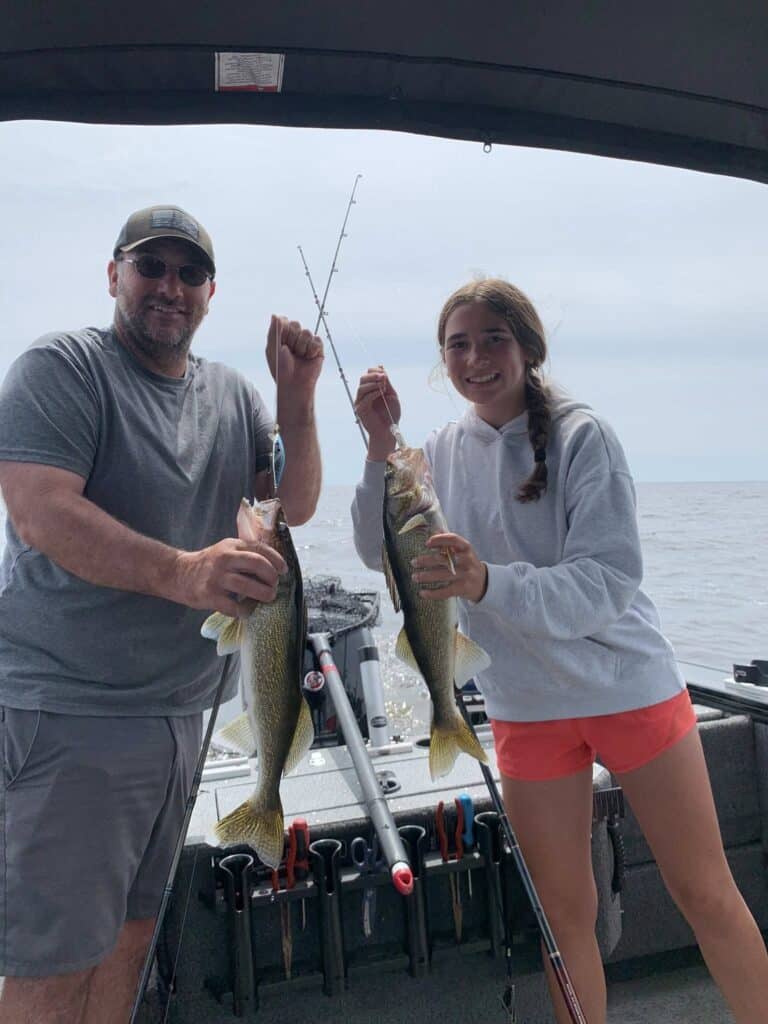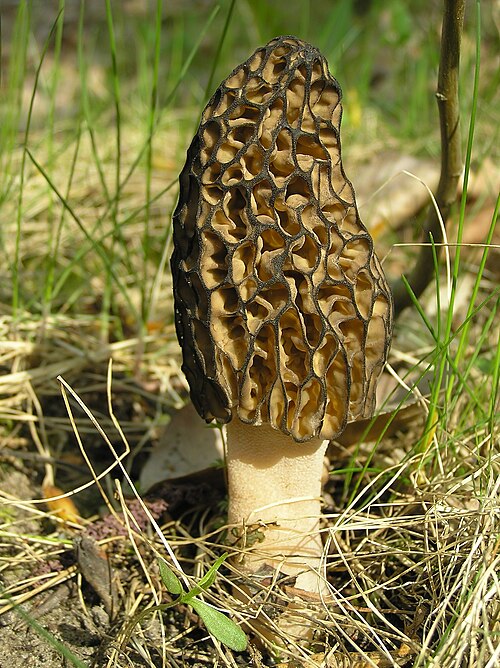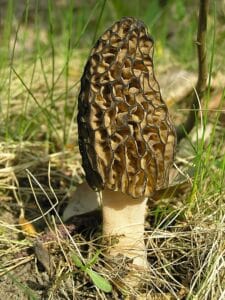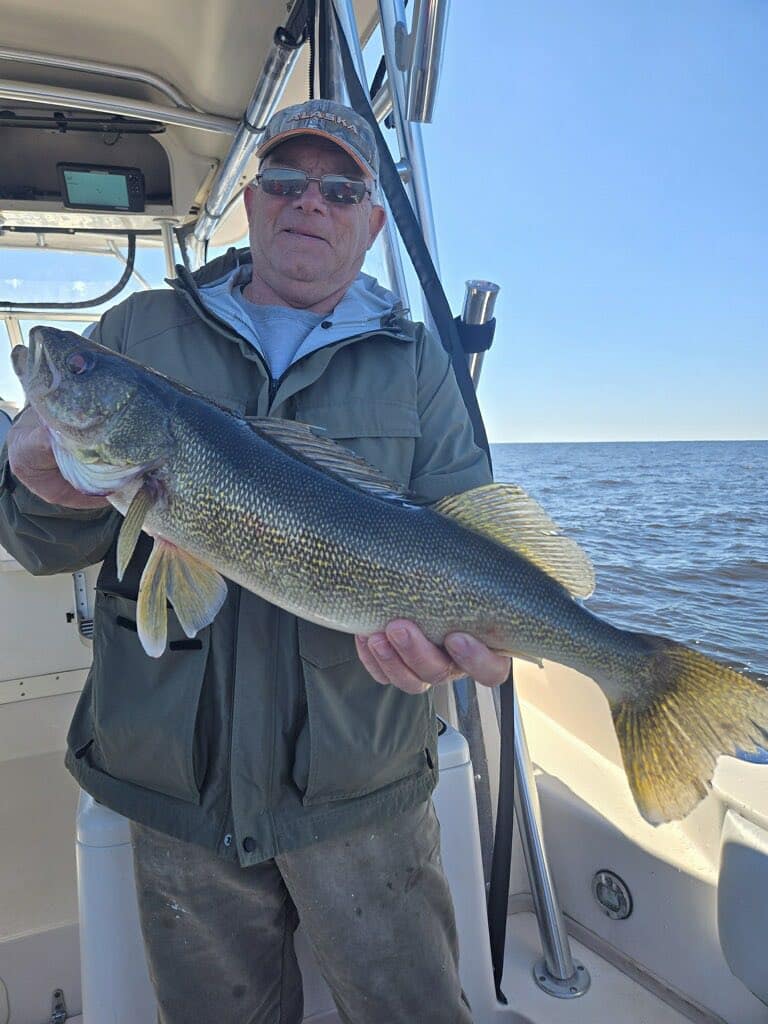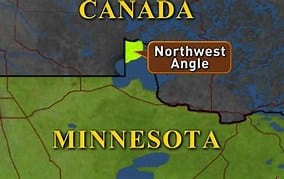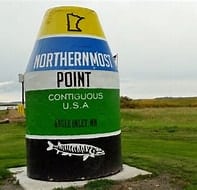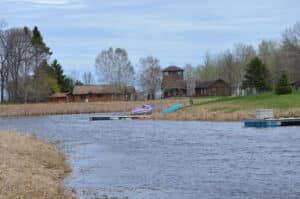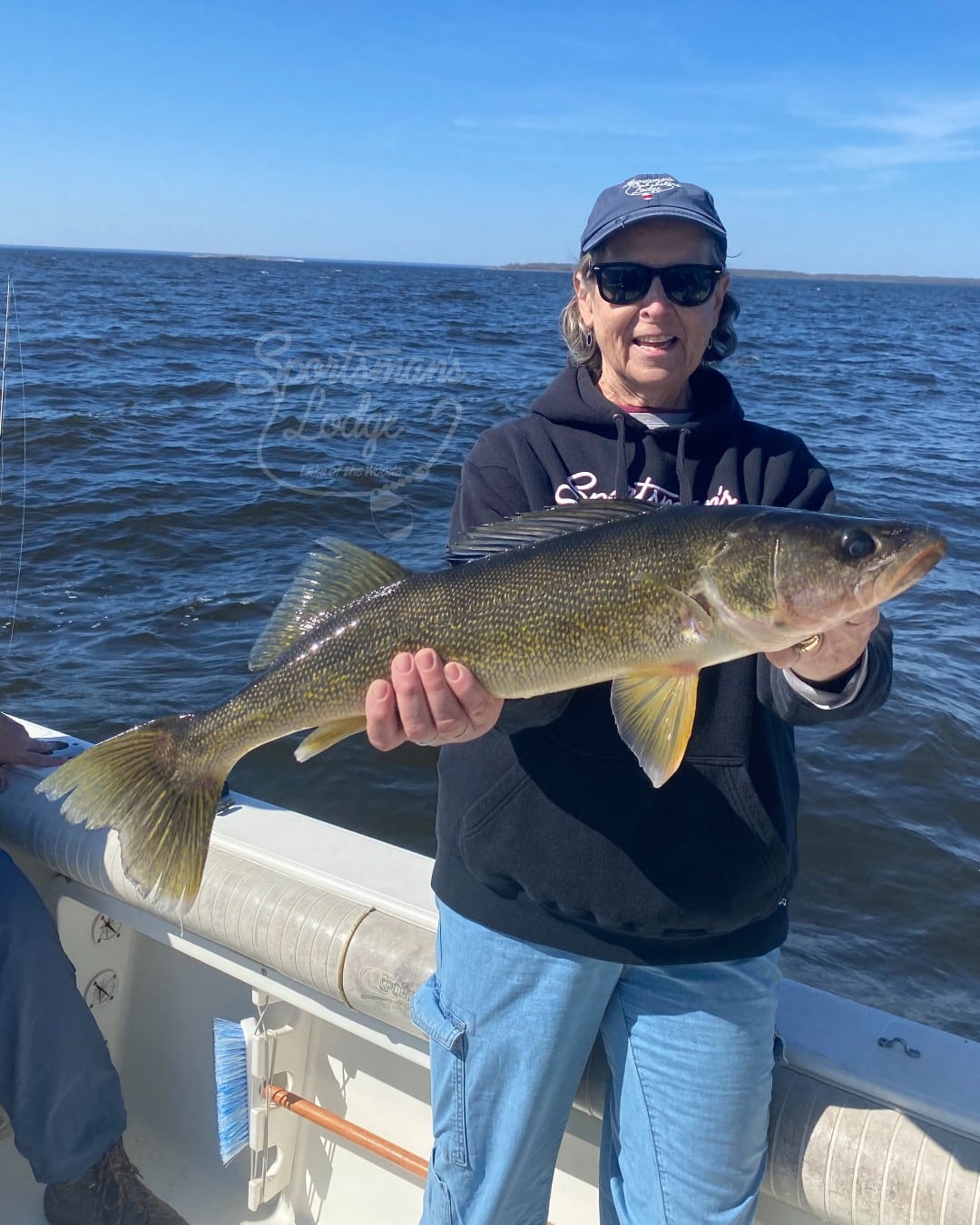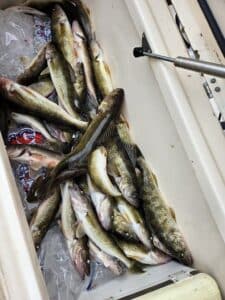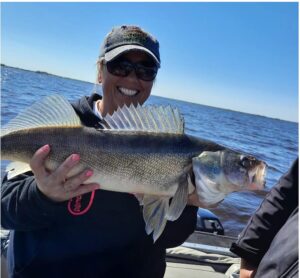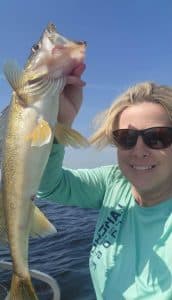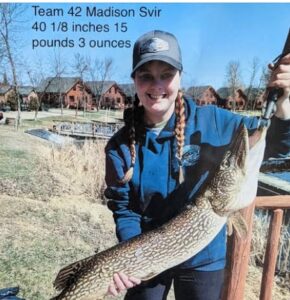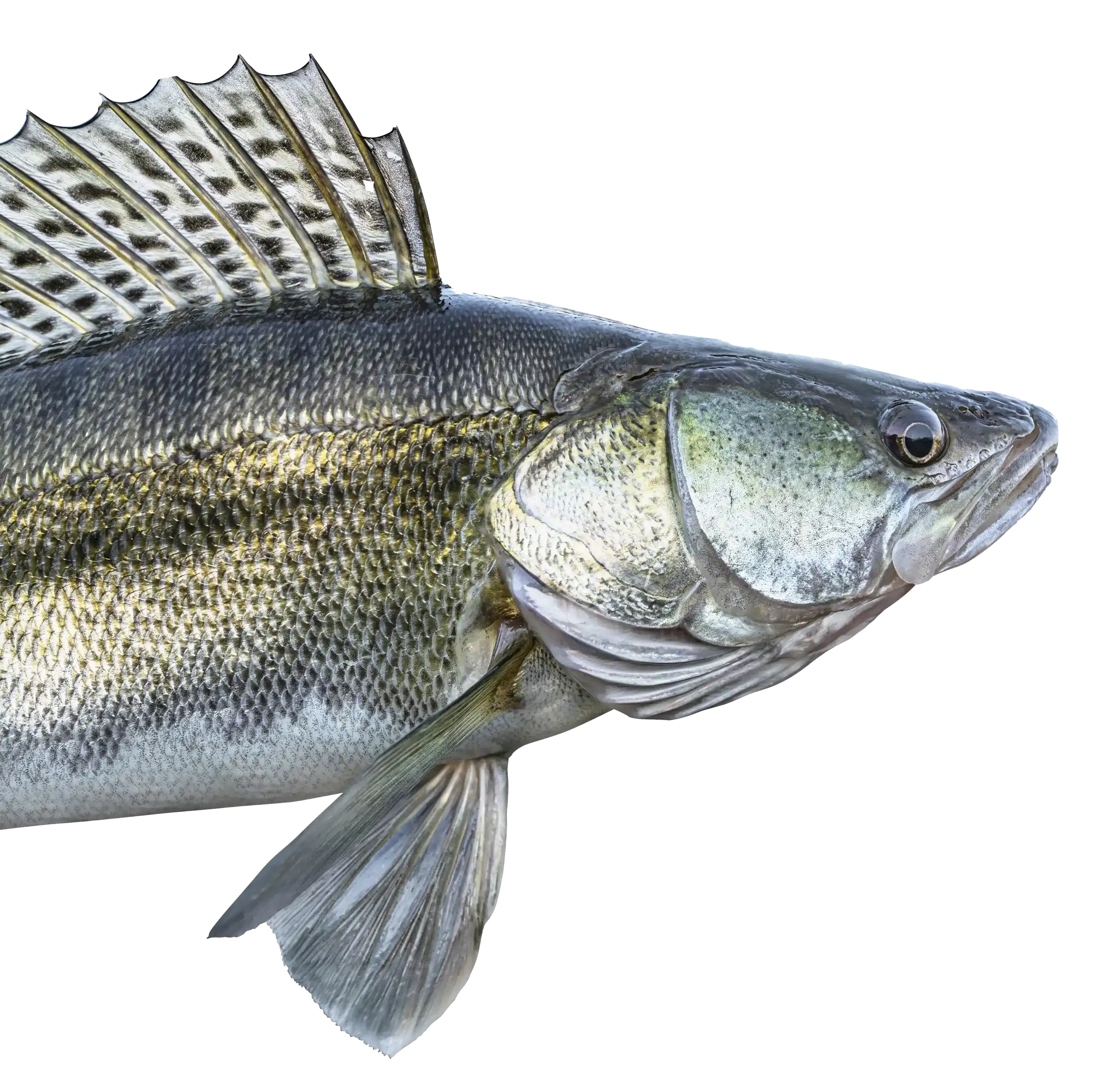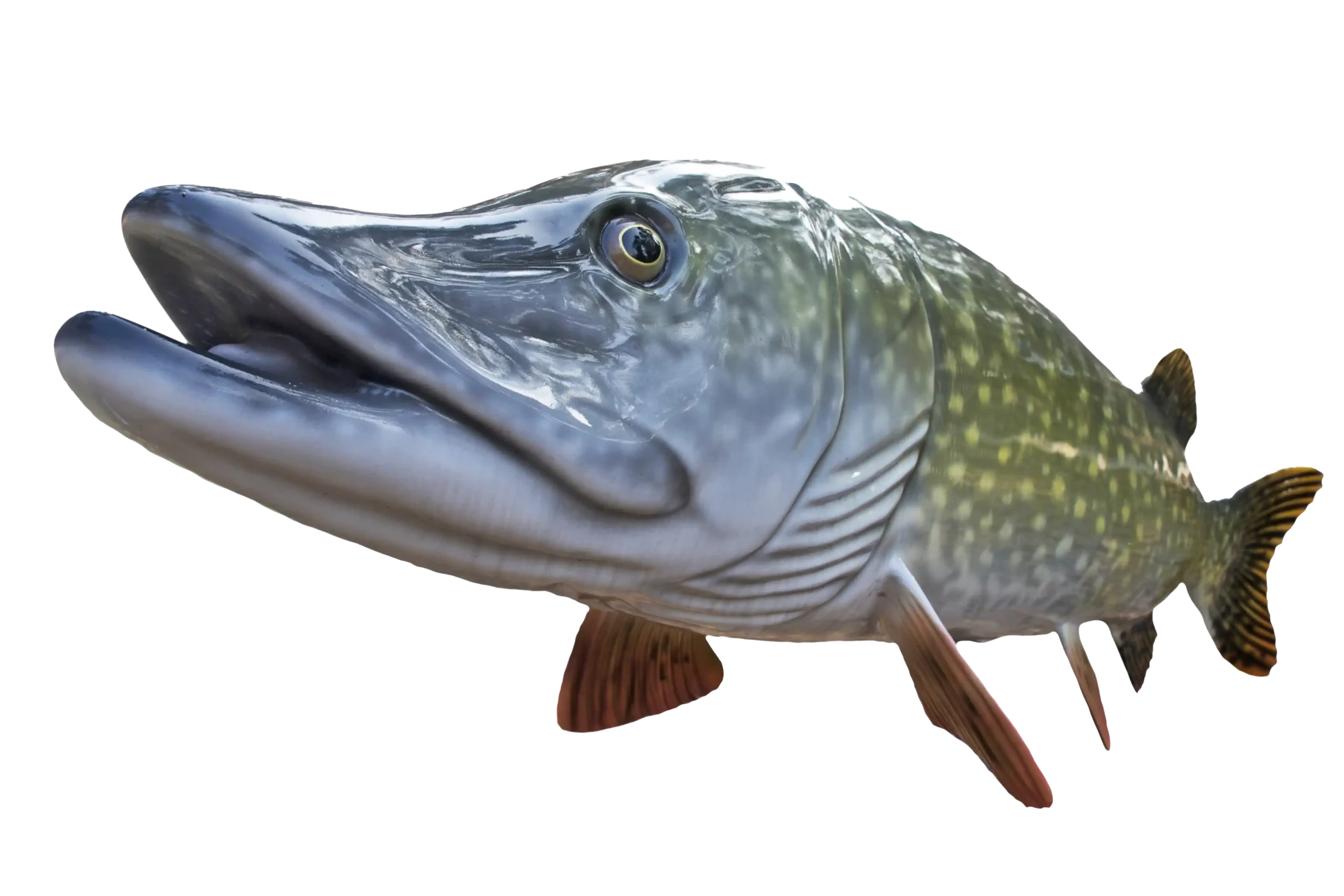Morel Mushroom Soup
Spring at Lake of the Woods features many sweet new things. The morel mushroom shows up and many people are busy looking to harvest this delicacy for a taste treat. Wash them and fry them lightly in butter and eat them that way or try them in this recipe.
Ingredients
- 1 pound fresh morel or other mushrooms, sliced
- 2 tablespoons lemon juice
- 1 large onion, chopped
- 3 tablespoons butter
- 2 tablespoons all-purpose flour
- 4 cups milk

- 3 teaspoons chicken bouillon granules
- 1/2 teaspoon dried thyme
- 1/2 teaspoon salt
- 1/8 teaspoon pepper
Directions
- Sprinkle mushrooms with lemon juice. In a saucepan, saute the mushrooms and onion in butter until tender. Sprinkle with flour; stir well. Gradually add milk, bouillon, thyme, salt and pepper. Bring to a boil; boil and stir for 2 minutes. Reduce heat; simmer for 10-15 minutes.
Notes: Wikipedia: When foraging for morels, one must be absolutely sure of identification. There are many look-alikes often referred to as “false morels“, most notably Gyromitra. These also include members of the most closely related genus, Verpa,[3] which are highly poisonous. Other mushrooms can also be mistaken for morels, including some species of stinkhorns, or Phallaceae, which have a similarly shaped cap but a distinctive foul odor. It is important to take care when harvesting and identifying mushrooms, particularly morels.
The key morphological features distinguishing false morels from true morels are as follows:
- Gyromitra species often have a “wrinkled” or “cerebral” (brain-like) appearance to the cap due to multiple wrinkles and folds, rather than the honeycomb appearance of true morels due to ridges and pits.
- The caps of morels come in a range of colors including white, grey, black, brown, and yellow. Gyromitra esculenta has a cap that is usually reddish-brown in colour, but sometimes also chestnut, purplish-brown, or dark brown.
- True morels are always hollow when sliced lengthwise, whereas Gyromitra species are typically chambered in longitudinal sections, while Verpa species contain a cottony substance inside their stem. The easiest way to distinguish Verpa species from Morchella species is to slice them longitudinally[7,8].
- The caps of Verpa species (V. bohemica, V. conica and others) are attached to the stem only at the apex (top of the cap), unlike true morels which have caps that are attached to the stem at, or near the base of the cap.


